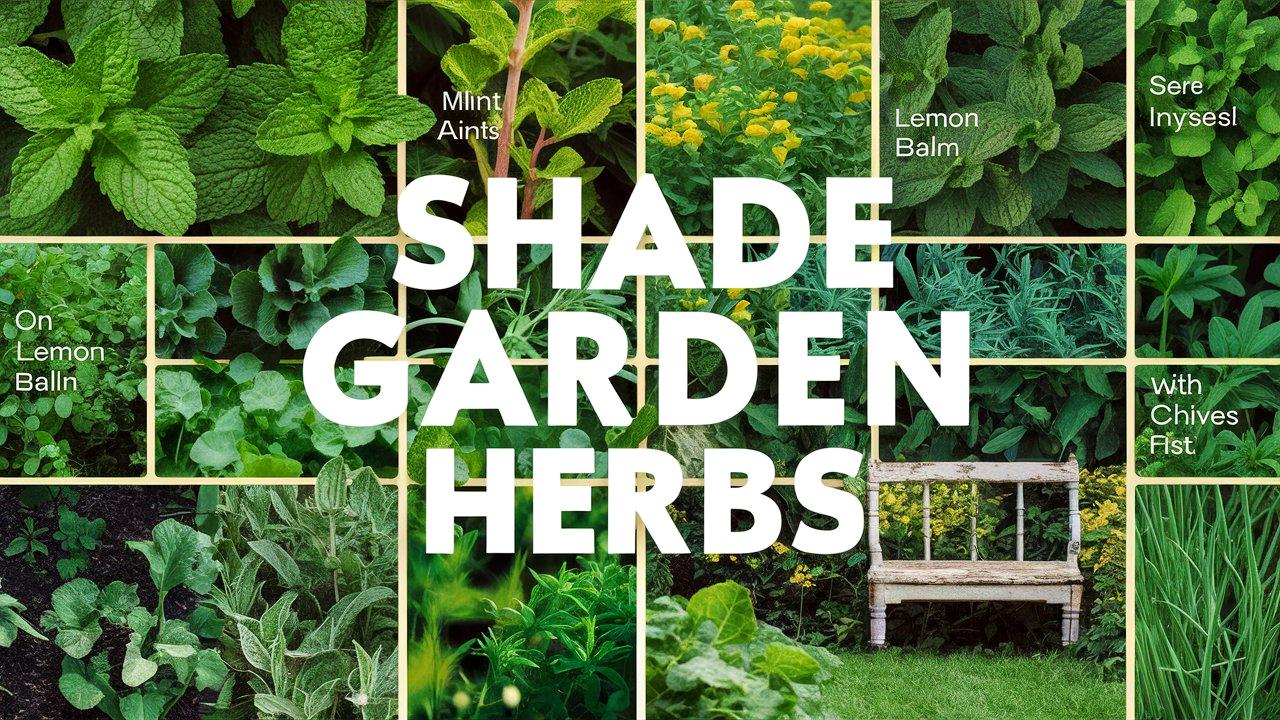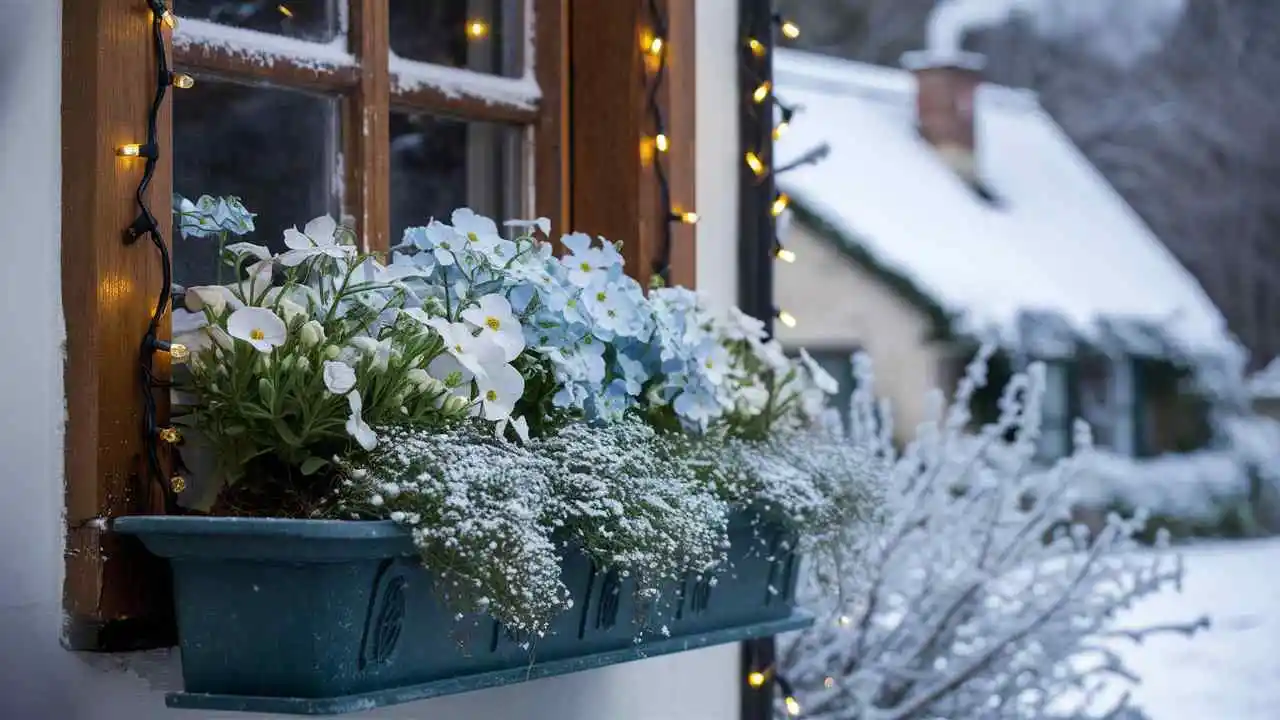Many gardeners mistakenly believe that herbs require full sun to thrive, but many delicious and useful herbs can flourish in lower light conditions. Whether you have a modest shady nook or a more extensive shaded area, several graceful herbs can not only beautify your space but also add flavor, fragrance, and medicinal benefits to your culinary endeavors.
In this guide, we will explore various shade-loving herbs that are perfect for beginners, highlighting their unique characteristics, care requirements, and uses in the kitchen and beyond.
Bee Balm (Monarda didyma)
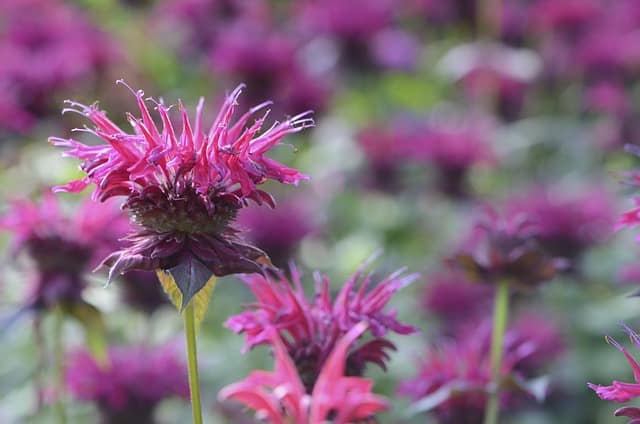
Bee balm, also known as bergamot, is a stunning addition to any shade garden. With its vibrant red or pink flowers, this perennial herb attracts not just bees, but also butterflies and hummingbirds, making your garden a lively ecosystem. Bee balm prefers partial to full shade and moist, well-drained soil.
This herb is more than just a pretty face; its leaves have a minty flavor that can be used in teas, salads, and marinades. Bee balm also possesses medicinal properties, traditionally used to treat digestive issues, relieve anxiety, and promote relaxation. A simple way to enjoy its benefits is by brewing fresh bee balm leaves into a soothing herbal tea.
Roman Chamomile (Chamaemelum nobile)
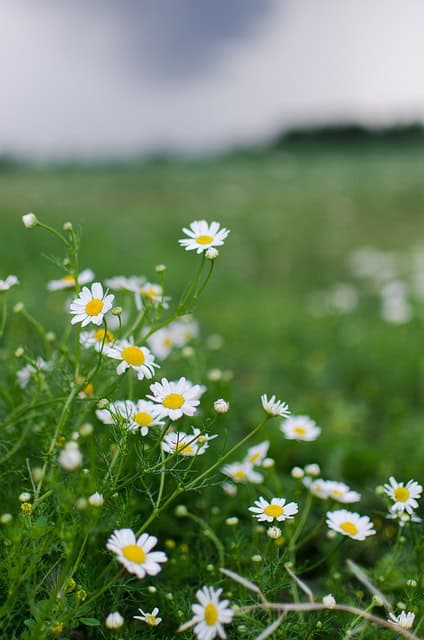
Roman chamomile is a charming herb that doubles as both a ground cover and a culinary delight. Preferring dappled sunlight or partial shade, it forms low-growing mats adorned with delicate, daisy-like flowers. This perennial herb is easy to grow and will fill your garden with its sweet, apple-like fragrance.
The flowers and leaves of Roman chamomile are well-known for their calming properties. Many people enjoy chamomile tea made from the fresh flowers, which can aid sleep and digestion. Additionally, chamomile can be infused in oils for skin treatments, making it a versatile herb for any household.
Chervil (Anthriscus cerefolium)
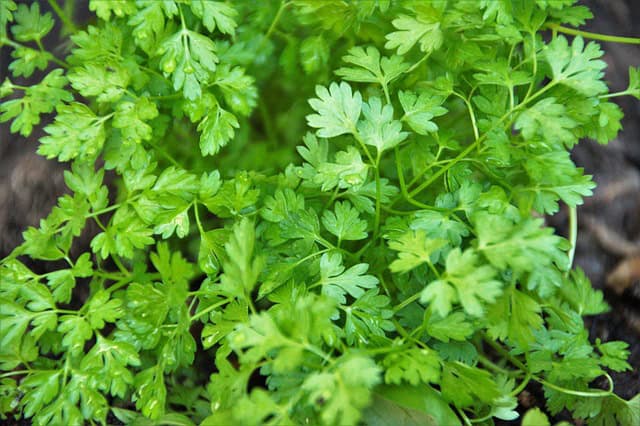
Chervil is an elegant herb that often plays a supporting role in French cuisine. Preferring cooler temperatures and shaded areas, chervil thrives in moist, rich soil. Its feathery leaves and delicate white flowers can bring a touch of beauty and refinement to your shade garden.
The flavor of chervil is often described as subtle and slightly anise-like, making it a perfect addition to salads, vegetable dishes, and soups. It’s also a key ingredient in classic French blends like fines herbes. Chervil is best used fresh because its flavor diminishes with drying or cooking, so be sure to snip some leaves and sprinkle them onto your favorite dishes for a fresh, herbal note.
Chives (Allium schoenoprasum)
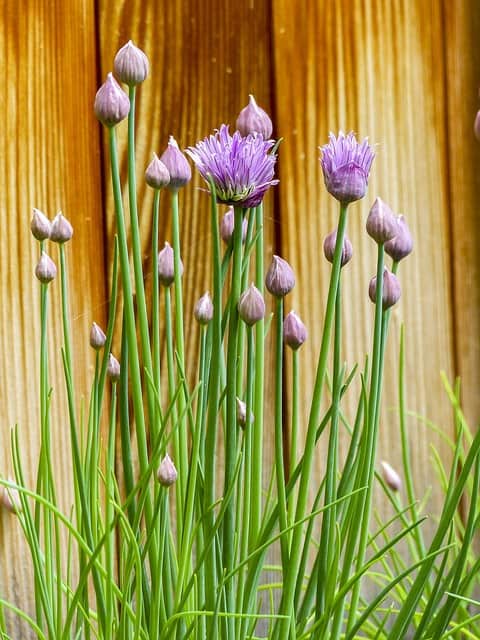
Chives are an extremely versatile herb beloved by gardeners and cooks alike. These hardy perennials flourish in partial shade and can tolerate a variety of soil types, making them ideal for beginner gardeners. Their grassy, green stalks provide a pop of color, and their purple flower heads are just as appealing.
Chives add a mild onion flavor, perfect for enhancing salads, soups, omelets, and dips. They can be snipped directly from the garden and used fresh, or they can be frozen for later use. Their culinary uses are only the beginning, as chives also contain numerous vitamins and minerals, contributing beneficial nutrients to your diet.
Garlic Chives (Allium tuberosum)
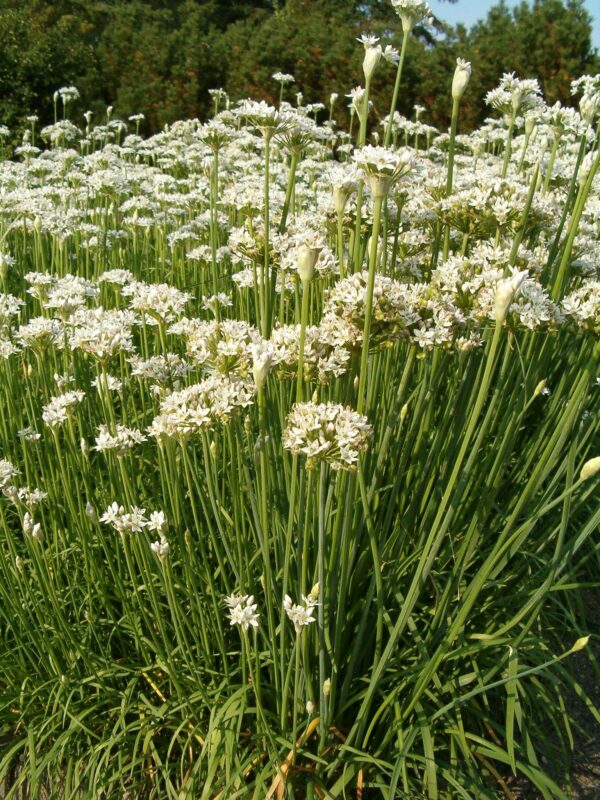
Garlic chives, also known as Chinese chives, contain a more pungent flavor compared to regular chives. These perennial herbs have flat blades and distinctive white flowers in late summer. Preferring partial shade, they are tolerant of a range of soil conditions, thriving in moist, rich, well-drained soil.
Garlic chives are a wonderful addition to a variety of dishes. Their unique garlic flavor makes them ideal for stir-fries, dumplings, and salads. You can use the leaves, flowers, and even the buds, making them a multipurpose herb that adds depth and flavor to your culinary creations.
Cutting Celery (Apium graveolens)
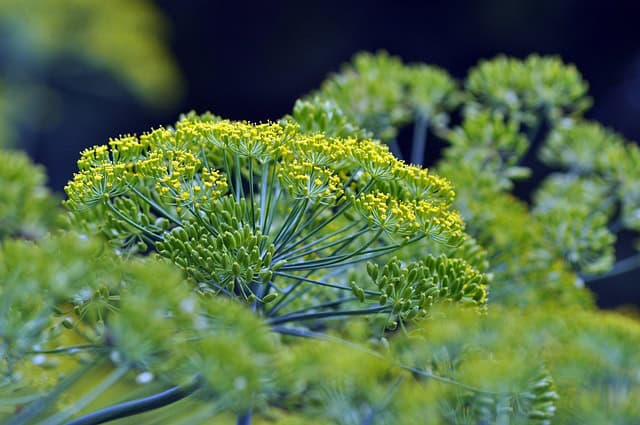
Cutting celery, or leaf celery, is a lesser-known but delightful herb that grows well in shade. Unlike traditional celery, which is typically grown for its stalks, cutting celery is harvested for its flavor-packed leaves. This herb thrives in partial to full shade and enjoys consistently moist soil.
The strong, aromatic leaves of cutting celery can be used in a variety of dishes, adding a zesty flavor to stocks, soups, and salads. With a flavor that’s reminiscent of regular celery, it’s an excellent option for those seeking an herb for both culinary and ornamental purposes. Plus, it’s rich in vitamins and is believed to have detoxifying properties.
Ginseng (Panax ginseng)
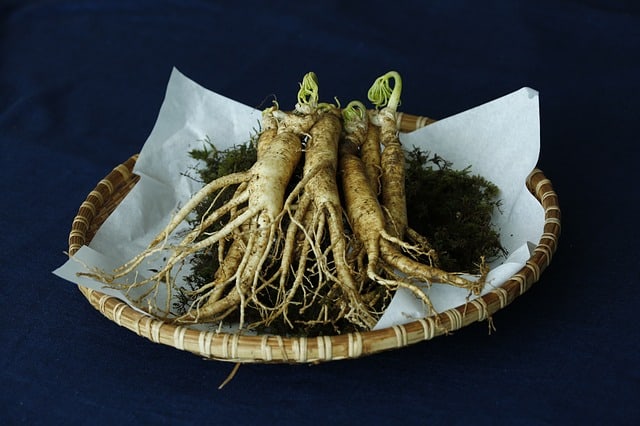
Ginseng is a unique herb that thrives in shady, forested areas, making it an excellent choice for shaded gardens. This slow-growing perennial is notable for its medicinal qualities, particularly in traditional herbal medicine. Ginseng prefers rich, well-drained soil and a shady environment to thrive.
While ginseng is primarily cultivated for its roots, which are believed to offer numerous health benefits including enhanced energy and cognitive function, it also produces attractive leaves and clusters of red berries. If you’re considering growing ginseng, be mindful that it requires specific conditions to flourish and is best planted from seeds in the fall.
Lovage (Levisticum officinale)
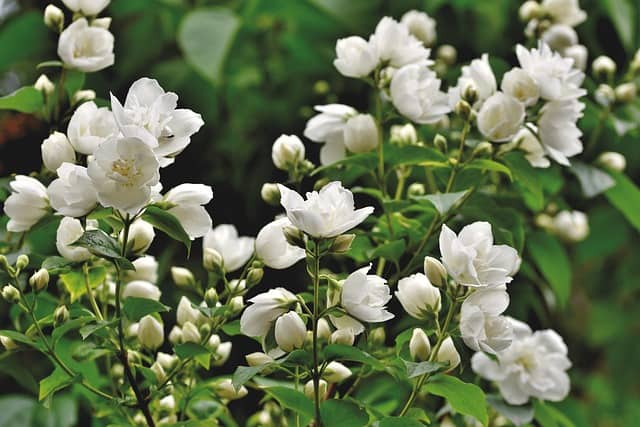
Lovage offers a unique twist on the traditional herb garden, with an aromatic profile reminiscent of celery and parsley. This towering herb can reach up to six feet tall, presenting a striking presence in shaded areas. Lovage enjoys moist, well-drained soil and can thrive in partial shade.
The leaves, stems, and seeds of lovage are all edible and contribute a robust, savory flavor to soups, stews, and salads. Additionally, lovage has been praised in herbal medicine for its digestive and kidney-supporting properties. With such versatility, lovage serves as both a culinary staple and a dramatic addition to your shade garden.
Mint (Mentha spp.)
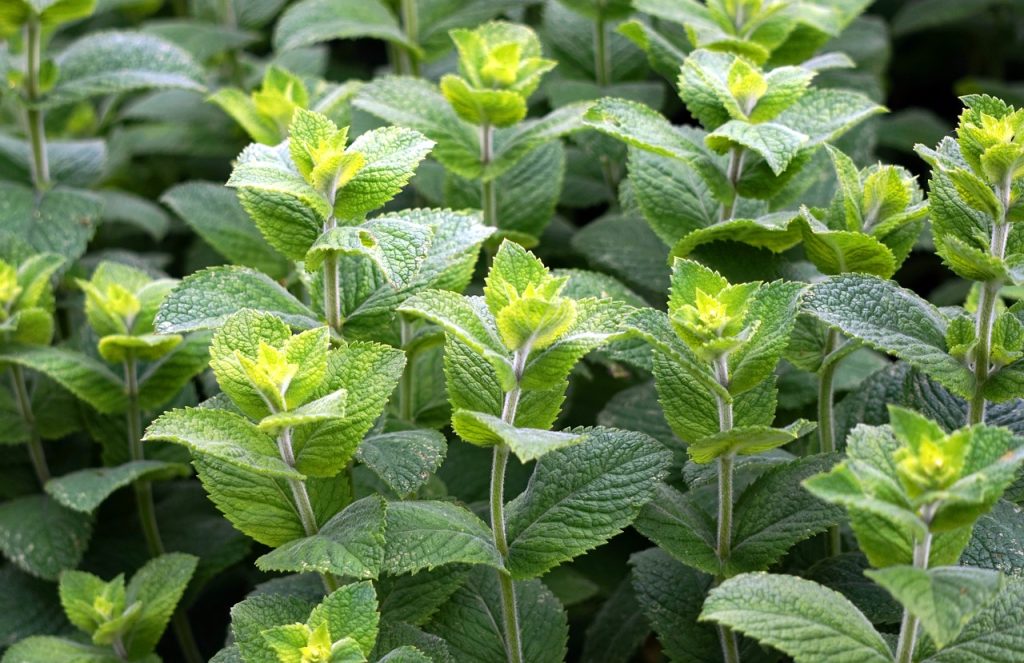
Mint is a refreshing and invigorating herb that thrives in the cooler environments of shaded gardens. This vigorous perennial can quickly spread and fill your garden with delightful foliage and aroma. While mint can tolerate a variety of light conditions, it prefers partial shade, especially in warmer climates.
Available in numerous varieties, such as spearmint and peppermint, mint is renowned for its cooling flavor, making it an indispensable ingredient in teas, salads, desserts, and savory dishes. Mint can also be infused into oils and vinegars, enhancing their flavor profiles. However, due to its invasive nature, it’s best to grow mint in pots or designated sections of the garden to keep its growth in check.
Oregano (Origanum vulgare)
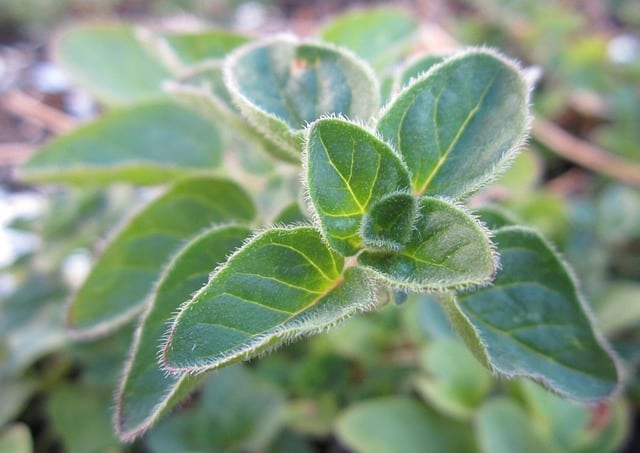
Oregano is a staple herb in Mediterranean cooking, appreciated for its unique, robust flavor. While it typically enjoys full sun, it can tolerate partial shade, particularly in hotter climates. Oregano prefers well-drained soil that retains some moisture, allowing it to thrive in your shade garden.
This perennial herb is commonly used in Italian, Greek, and Mexican dishes, adding depth to sauces, pizza, and marinades. Aside from its culinary uses, oregano is also celebrated for its potential health benefits, including antioxidant and antimicrobial properties. Fresh oregano can provide a burst of flavor, but dried oregano is equally potent, making it a valuable herb to have on hand.
Common Sage (Salvia officinalis)
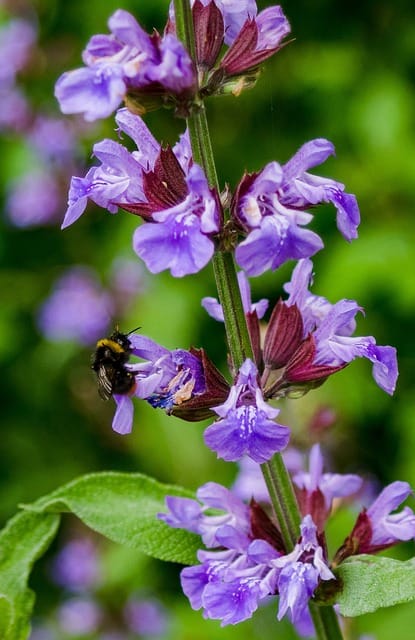
Common sage is another essential herb that can thrive in partial shade, making it an excellent addition to any herb garden. This perennial plant is characterized by its soft, velvety leaves and fragrant aroma, becoming an appealing feature in your shade garden. It prefers gritty, well-drained soil and can endure drought conditions once established.
Known for its rich flavor, sage is a favored herb in a variety of culinary traditions, enhancing savory dishes, stews, and stuffing. Sage’s aromatic qualities also lend themselves well to herbal teas and infusions, offering digestive benefits. As a bonus, sage is known to attract pollinators, making it a beneficial presence in your garden.
Saltwort (Salicornia spp.)
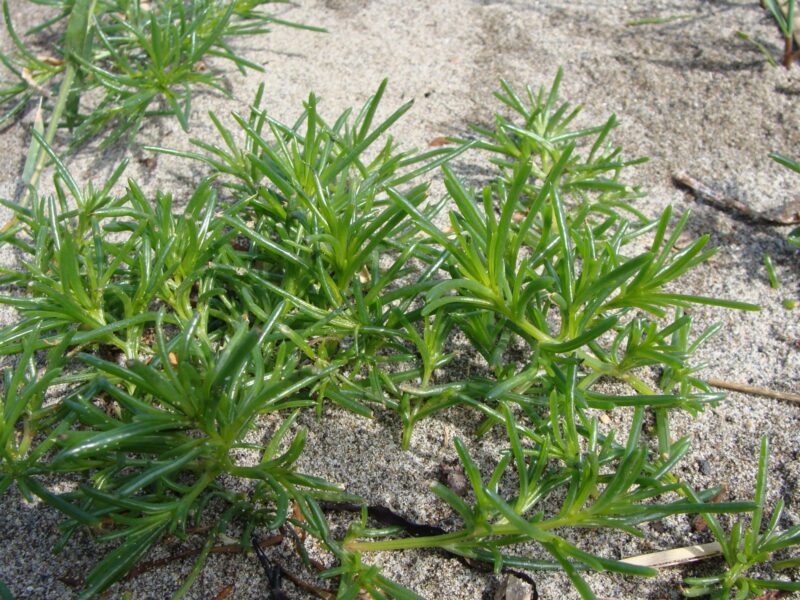
Although less common, saltwort is an intriguing herb that can adapt to shady environments, particularly in coastal regions. It thrives in salty, marshy conditions and often prefers well-drained alkaline soils enriched with moisture. Its unique appearance includes sturdy, succulent stems that are often green to reddish in color.
Saltwort has a briny flavor that makes it an excellent addition to seafood dishes, salads, or as an intriguing garnish. Nutritionally, it’s high in vitamins and minerals, especially iodine. For those looking to incorporate unusual herbs into their shade garden, saltwort represents an excellent choice that adds both flavor and visual intrigue.
Stevia (Stevia rebaudiana)
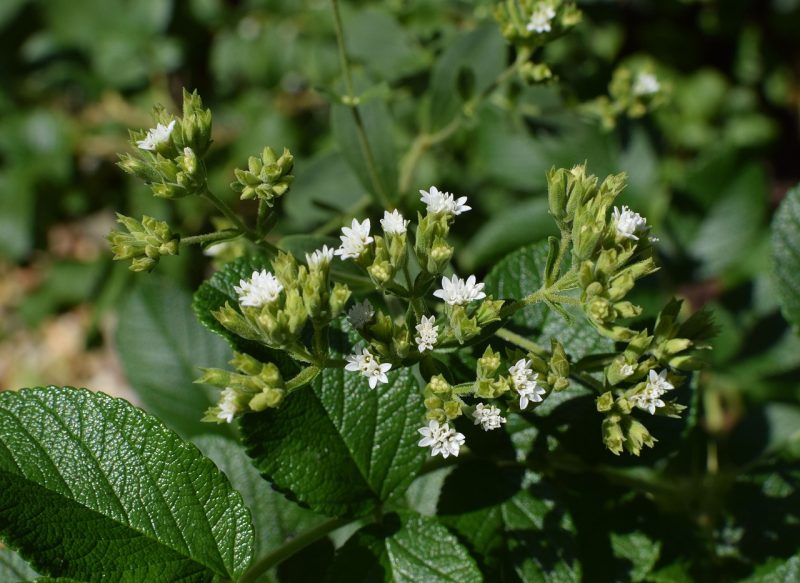
Stevia is a remarkable herb, recognized predominantly for its natural sweetness without the calories associated with sugar. This perennial herb thrives in partial shade and prefers well-drained soil, making it an excellent choice for shaded areas in gardens.
The leaves of the stevia plant are exceptionally sweet, with a flavor that is often used as a natural sugar substitute in a variety of dishes and drinks. It’s perfect for sweetening tea, smoothies, or desserts without the guilt of added sugar. Additionally, stevia has gained popularity for its potential health benefits, particularly for blood sugar regulation.
Thyme (Thymus vulgaris)
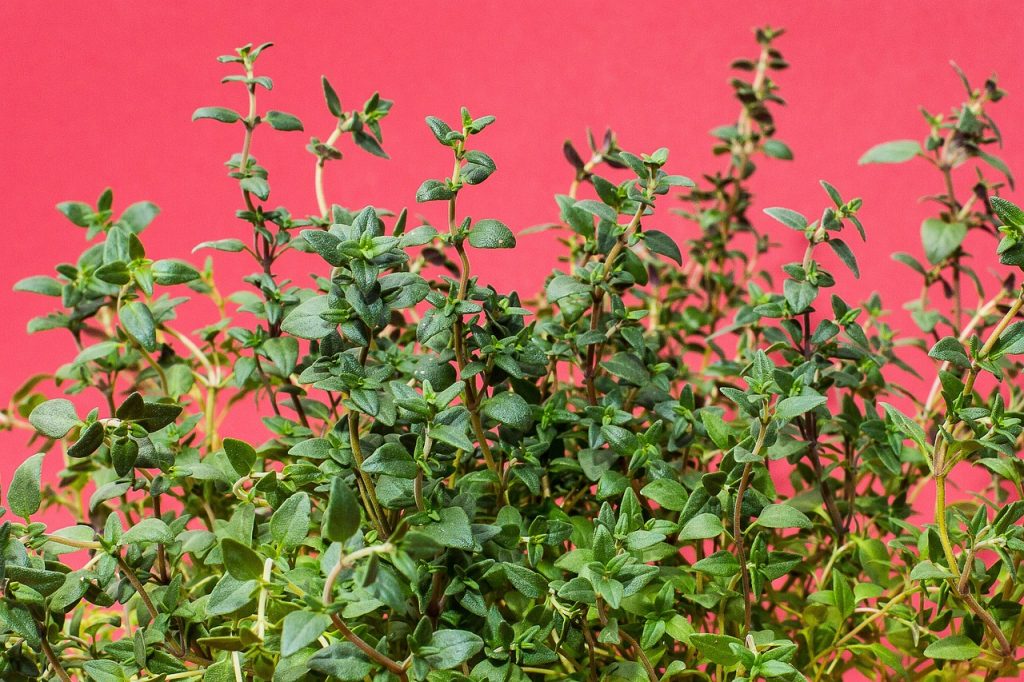
Thyme is a versatile and fragrant herb that can adapt to partial shade, although it prefers full sun. Its small, evergreen leaves add texture and aroma to any garden, while the tiny flowers attract pollinators. This perennial herb thrives in lean, well-drained soil, making it a hearty addition for beginners.
In the kitchen, thyme is a culinary gem, enhancing the flavor of various dishes, from roasted vegetables to meats, soups, and sauces. Thyme is regarded as a valuable medicinal herb, known for its antibacterial and antioxidant properties. Fresh thyme leaves can be used to bring vibrancy to your cooking, but dried thyme also holds onto its flavor well.
Valerian (Valeriana officinalis)
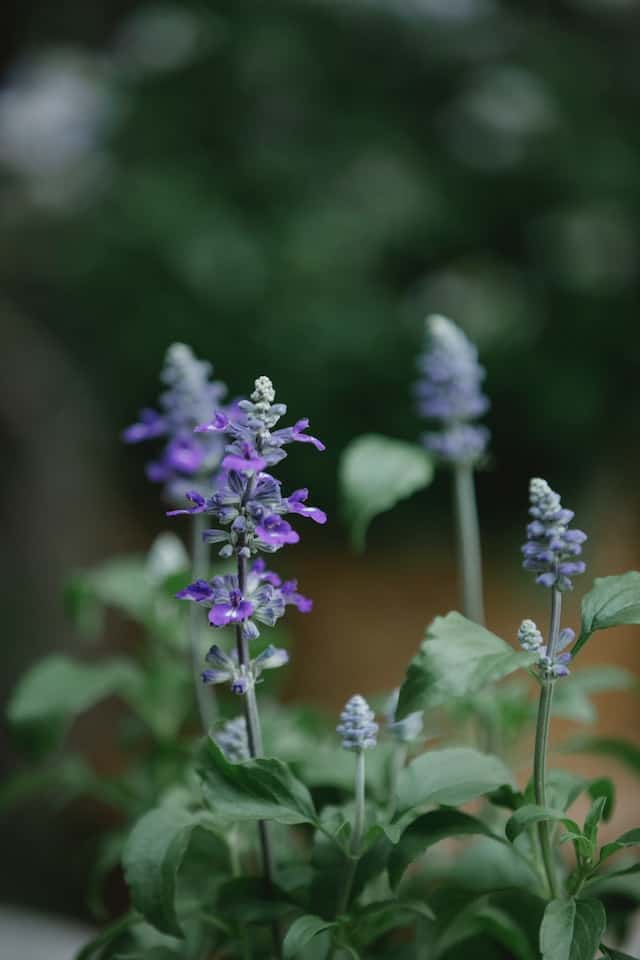
Valerian is a unique herb often overshadowed by more commonly known culinary herbs but is certainly deserving of a place in your shade garden. This perennial plant thrives in moist, shaded areas, often found in woodland settings. Valerian grows tall and produces clusters of small, fragrant white to pink flowers during late spring to summer.
Primarily recognized for its calming properties, valerian root is most famously used as a herbal remedy to improve sleep quality and reduce anxiety. While it’s not commonly used in cooking due to its distinctly strong flavor, valerian can be made into teas or tinctures that harness its soothing qualities.
Conclusion
Creating a shade garden filled with herbs is a rewarding endeavor that can enhance both your cooking and your outdoor space. The herbs discussed above not only tolerate low-light conditions but also bring diverse flavors and fragrances to your meals. From the striking blooms of bee balm to the robust flavor of common sage, these herbs can thrive together in various environments, making your shady spots vibrant and fruitful.


